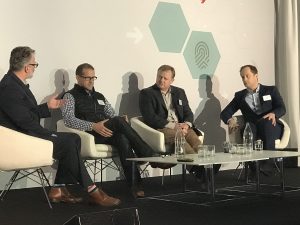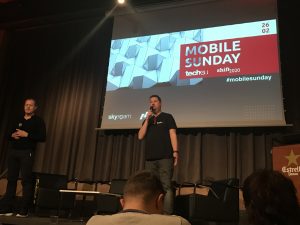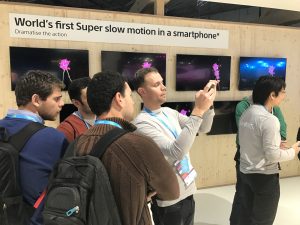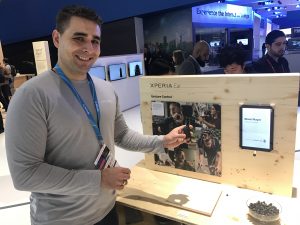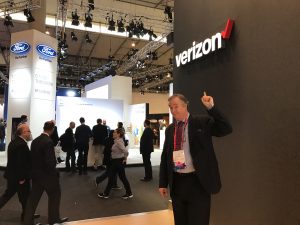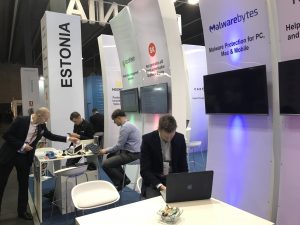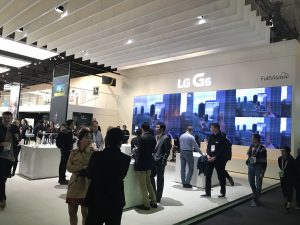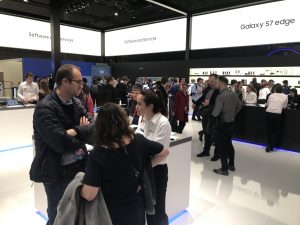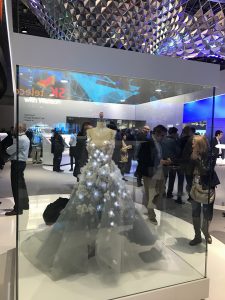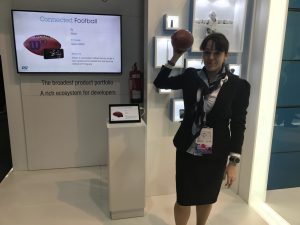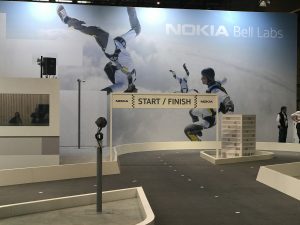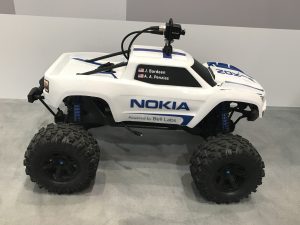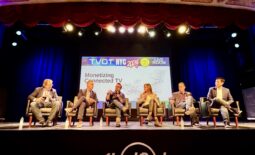For the 3rd straight year, the New Jersey Tech Council (NJTC) has held a day-long forum on various technology topics at Bell Works in Holmdel. This year’s Future Forum, on May 7th, featured a panel, ‘AI: The Challenges Ahead,’ in which I participated, with moderator Steve LeVine, from Axios, and featuring K.P. (Suba) Subbalakshmi, from Stevens Institute for Artificial Intelligence; Anastassia Loukina, from Educational Testing Service, and Brian McLaughlin, from Rutgers University. It was great to discuss AI topics with academics, since I have worked with several researchers from European universities in the AI field. This was one of those sessions that could have gone on for much longer, and it was great to finally meet Steve LeVine in person. It was also great to see how much progress has been made on Bell Works, which has grown immeasurably in the past two years. The event concluded with a reception and award ceremony on the Bell Works palazzo, complete with aerialists and characters from ‘Game of Thrones’ (the Night King was quite evident). The old Bell Labs space that I knew so well from the late 1990s has become a thriving hub for innovation and commerce – a minor miracle considering its overwhelming size.
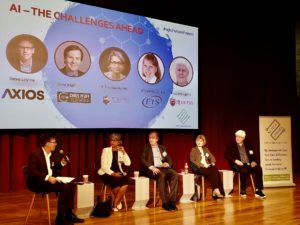
Steve LeVine, from Axios; Suba Subbalakshmi from Stevens Institute for Artificial Intelligence; Chris Pfaff; Anastasia Loukina, from Educational Testing Service, and Brian McLaughlin, from Rutgers University, on the ‘AI: The Challenges Ahead’ panel at the NJTC Future Forum
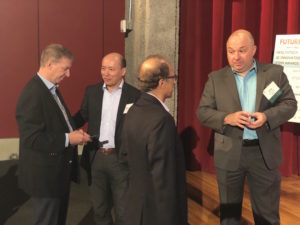
(from left to right) Steve Socolof, from Tech Council Ventures speaks with attendee; Sid Ahuja, from Yorktel, and Chris White, from Nokia Bell Labs, before Chris White’s keynote presentation at the NJTC Future Forum
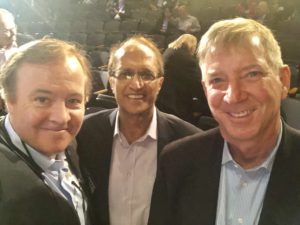
Chris Pfaff, Sid Ahuja, and Steve Socolof, after the event: the old Lucent New Ventures Group gang has a reunion
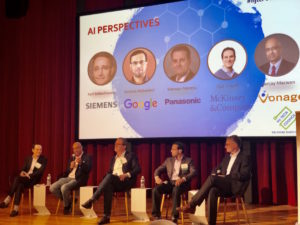
Sanjay Macwan (with microphone), from Vonage, speaks on the AI Perspectives panel, with Kurt Bettenhausen, from Siemens; Merwan Mereby, from Panasonic, Dan Tinkoff, from McKinsey, and Ibrahim Mohamed, from Google
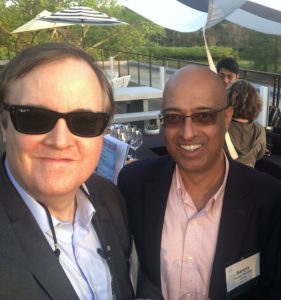
Chris Pfaff and Sanjay Macwan, at the NJTC Future Forum reception
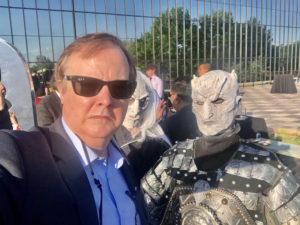
Chris Pfaff encounters the Night King at the NJTC Future Forum reception
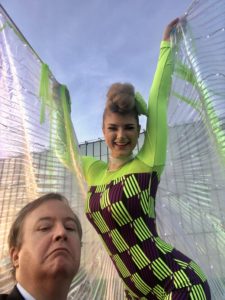
The stilt lady at the NJTC Future Forum reception: I have always looked up to her; she has always looked down on me
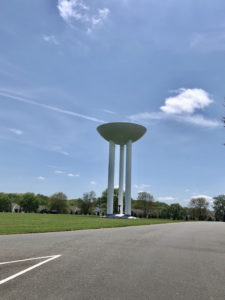
The old transistor-inspired water tower at the entrance to Bell Works, Holmdel, NJ
